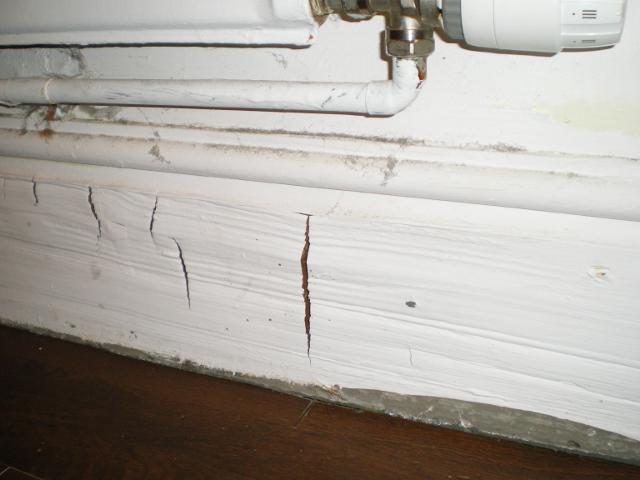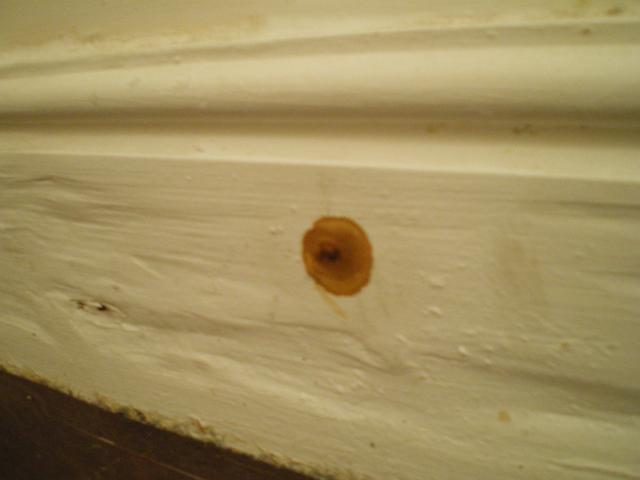Hi, just discovered what I think is dry rot - the skirting board appears to be splitting:
and there is a brown spot further along:
My guess is that this is related to the hopper overflow problems I was experiencing back in January //www.diynot.com/forums/viewtopic.php?t=210626 , because the wall near where that was happening (and in the corner that the skirting is headed for) now looks like this:
[/url]
So - is it Dry Rot? How would I have this remedied? And are there any precautions I should be taking immediately - I don't have any small children in the house but have just acquired a puppy.
cheers and thanks in advance.
and there is a brown spot further along:
My guess is that this is related to the hopper overflow problems I was experiencing back in January //www.diynot.com/forums/viewtopic.php?t=210626 , because the wall near where that was happening (and in the corner that the skirting is headed for) now looks like this:
[/url]
So - is it Dry Rot? How would I have this remedied? And are there any precautions I should be taking immediately - I don't have any small children in the house but have just acquired a puppy.
cheers and thanks in advance.





